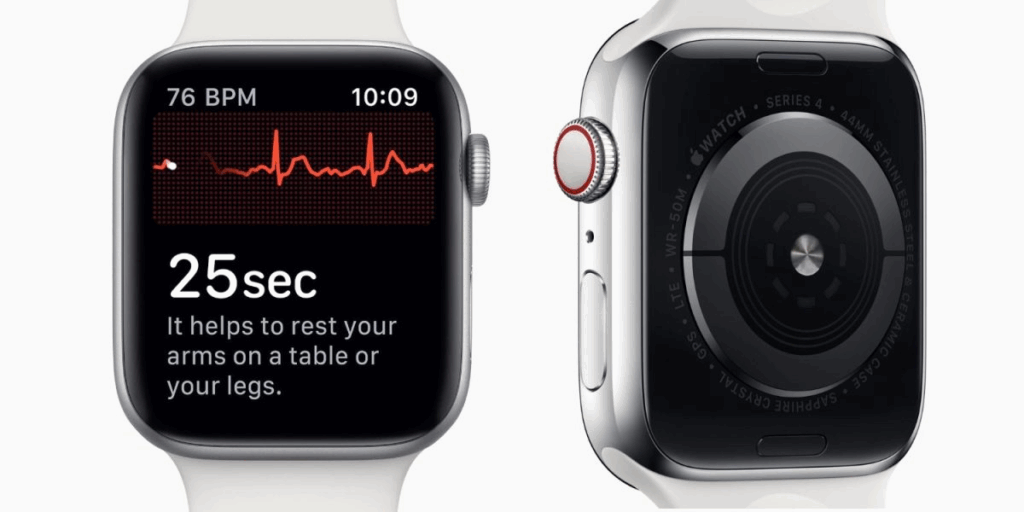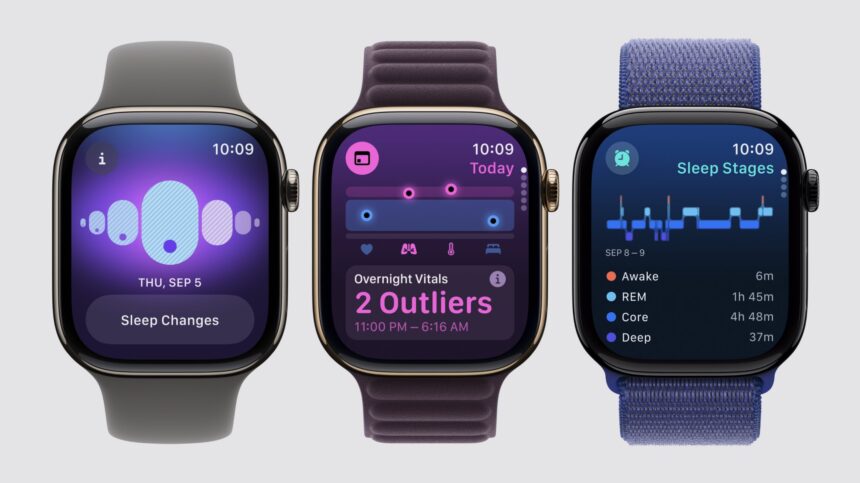Apple Watch’s feature violated Masimo’s med-tech patents.
The courtroom fight between Apple and medical-tech firm Masimo enters a loud new phase. A federal jury orders Apple to pay $634 million. The reason: blood-oxygen technology inside the Apple Watch. The number lands hard. The tension between the companies rises again. And the watch at the center of the case turns into a symbol of a complex tech feud.
Apple disagrees with the ruling. The company says the disputed patent expired years ago and describes it as old tech. Masimo says Apple used its ideas, poached its people, and then baked that work into watch sensors. The trial records show a long chain of claims, counterclaims, bans, imports, software updates, and legal maneuvers.
What’s Happening & Why This Matters
Apple’s patent fight heats up

Masimo accused Apple of taking talent and turning Masimo’s oxygen-monitoring work into Apple Watch features. The conflict began when Apple introduced the Series 6. That model included blood-oxygen readings. Masimo responded fast and sued. Masimo also took its case to the International Trade Commission (ITC). The ITC ruled in Masimo’s favor. That ruling stops the sale of the Apple Watch Series 9 and Ultra 2 inside the United States.
Apple reacted with software changes. The company blocked blood-oxygen readings inside certain models, then restored the feature with a new method later. That re-activation triggered another round of filings. Masimo challenged the changes, questioning whether Apple bypassed the ITC ruling.
The $634M judgment

The new jury decision is one part of a larger fight. Masimo says Apple infringes on patient-monitoring concepts tied to oxygen-sensing. Apple says the patent refers to older medical hardware and expired in 2022. Apple also says Masimo jumps between courts to score a legal win.
The $634 million payout arrives as a separate thread inside a messy, multiyear argument. More cases sit open. The ITC reviews new questions about imports. Masimo presses U.S. Customs and Border Protection. Apple tries to defend its work and maintain watch shipments.
Why tech, health, and wearables all collide
Blood-oxygen readings are not a cosmetic feature. Athletes track recovery with it. Doctors reference it for early warnings. Sleep-apnea research uses it. Apple markets the feature as part of the Watch’s health story. Masimo treats the feature as core intellectual property. Both companies want control. Both want recognition. Both want revenue from it.
Masimo’s CEO once described Apple’s appropriation as “textbook tech-giant behavior,” saying the company used Masimo’s people and ideas. Apple counters that Masimo is a medical-device firm trying to block consumer wearables instead of innovating on its own.
Their conflict sits at a strange intersection: a consumer smartwatch that operates close to medical-grade boundaries. The case calls into question how health sensors enter mass-market devices and how courts judge innovation therein.
TF Summary: What’s Next
Apple faces a heavy legal bill and more patent fights ahead. Masimo presses its claims harder. The ITC reviews new questions about Apple’s updated sensor design. Import challenges stay active. And Apple Watch models remain under legal pressure.
MY FORECAST: Expect the feud to spur additional hearings, filings, and debates over tech versus medical arguments. Companies keep stretching into digital health. Clashes over sensors, data, diagnostics, and wearables get bigger. This case is one example of a known pattern: health tech meets consumer tech, and the legal system decides the limits.
— Text-to-Speech (TTS) provided by gspeech


